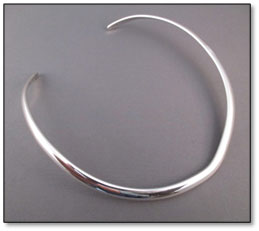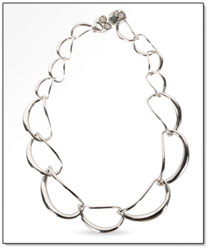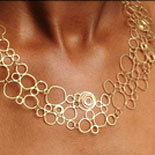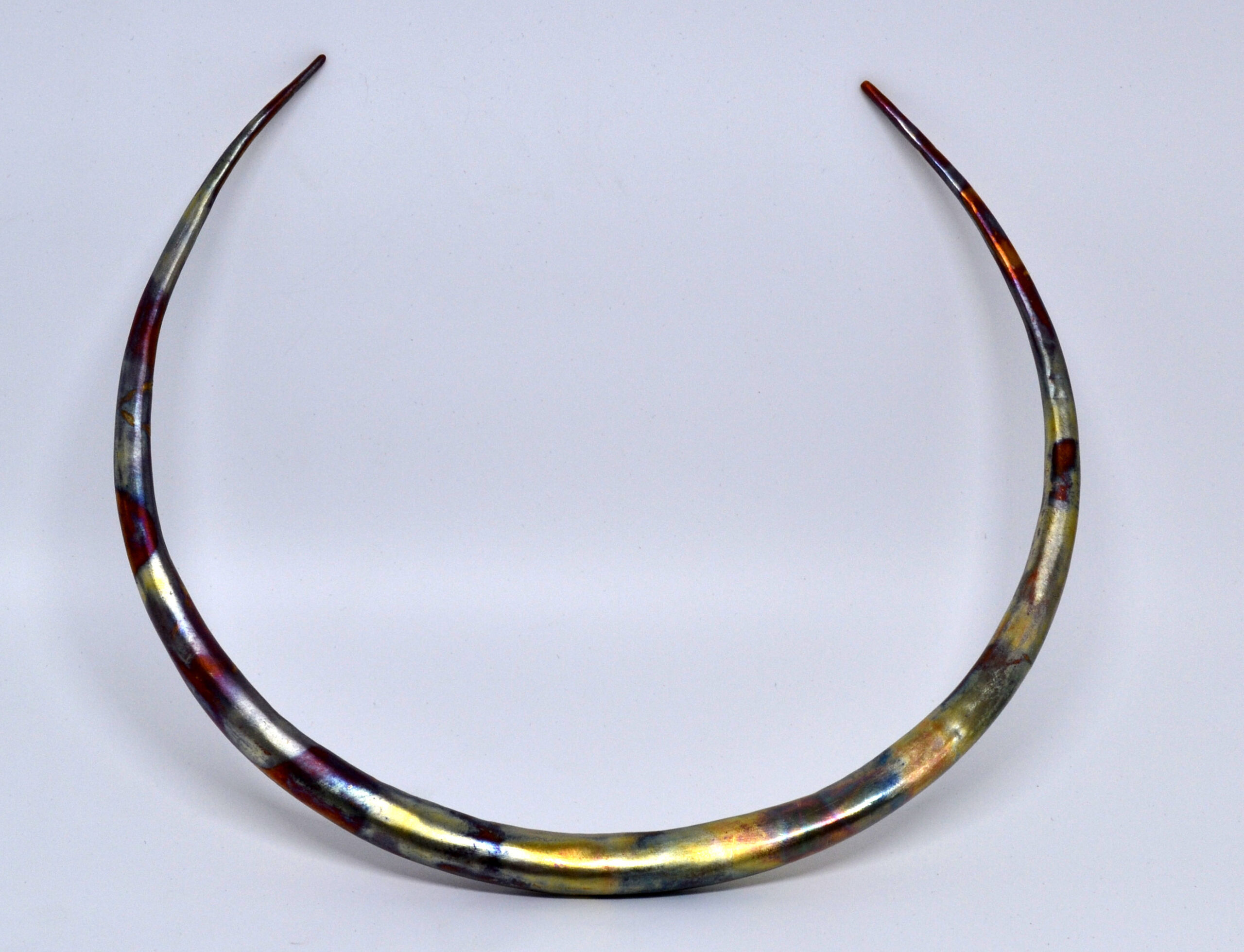By Ray Wilson
During the last 6 months we have all had plenty of time on our hands. This has given me an opportunity to search for online resources that increase my knowledge and give me the incentive to perhaps try new skills.
Craftsy is a fantastic online resource for a whole range of hobbies including jewellery making. Our club subscribed to Craftsy several years ago for some specific online courses, but I’m not sure how how well this investment is recognised. Basically the content is structured in paid classes around various topics and includes a video instruction. It also provides a parts list that includes all of the specifications for the material used in the video. Additionally, for paid courses, subscribers can post questions and get individual feedback from the instructor. Once you have subscribed to a lesson, you have unlimited access to the course. You can do the whole course in one sitting or you can pick out specific parts. You can watch the lesson over and over until you are happy that you understand the skill being demonstrated
Craftsy came to the fore this week with an email that highlighted a range of free videos and also a reduced price for the paid courses.
Of interest to members might be the free lesson on how to use a flex shaft. I know a lot of members have this tool, but how many of us have been instructed how to use the tool to create and improve your creations? Check it out here:
https://www.craftsy.com/class/getting-started-with-the-flex-shaft/

Other free lessons which may be of interest include Micro Torch Basics:
https://www.craftsy.com/class/micro-torch-basics/
Of course Craftsy is not the only online learning facility. Rio Grande also provide many short videos on various topics. You can access these through the riogrande.com website or go directly to YouTube and search for Rio Grande Jewellery:
https://www.youtube.com/results?search_query=rio+grande+jewelry+tutorials






































